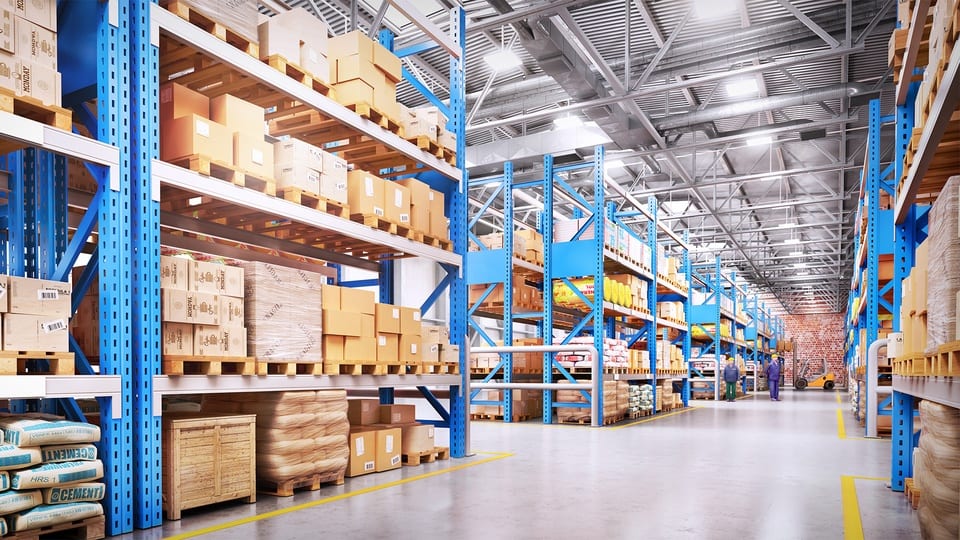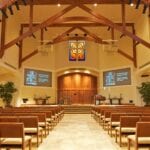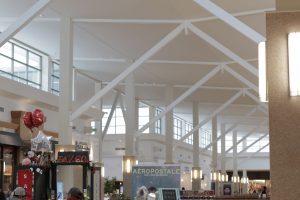Until recently, high-intensity discharge (HID) light fixtures were the standard luminaires for open warehouse lighting, but they present several challenges. Because they have a long re-strike time, they can’t easily be switched off when areas are temporarily unoccupied. They are fragile when compared to newer technologies and need frequent replacement. That entails bringing in a lift, which is costly and disruptive to a warehouse’s workflow. HIDs are also much more energy-hungry than newer technology.
If high-intensity discharge (HID) light fixtures are still providing your warehouse lighting, a retrofit could provide multiple benefits. They include lower energy consumption, lower utility bills, reduced maintenance costs, and better quality lighting throughout the warehouse. Better lighting will, in turn, improve aesthetics, safety, security, and quality control.
Victory Lights can help with LED warehouse lighting. LED’s use much smaller watts of power than other lights and do not heat up when they are on. They are resistant to damage and maintenance-free. There has been a great deal of improvement in their color rendering and brightness in recent years and are environmentally friendly. A 400-watt metal halide can be replaced by an LED consuming a little over 200 watts, while an 80-watt LED can replace a 250-watt metal halide. And both will maintain over 90 percent of their output at 60,000 hours. LED fixtures have an extremely long life of an LED fixture, which translates into significant reductions in maintenance costs, especially in hard-to-access areas. Also, generous rebates are available for LEDs from some utilities. Victory Lights can walk you through what rebates are available from your utility company.
Warehouse Lighting Controls
In addition to specifying luminaires, a warehouse lighting design may also include some control system. One type reduces lighting when areas are unoccupied and can work in several different ways. Switching systems turn lights on and off by connecting or removing lighting sources from the power supply. This system is simple, cost-effective, and useful in areas where an abrupt change in light levels will not be frequent or noticeable to occupants. Dimming systems adjust light output and power input over a specified range. A third option is “step-switching.” This is where multiple lamps in a single light fixture can be switched on and off independent of each other. This allows for a couple of steps between full and zero light output.
Daylight Harvesting Increases Efficiency
Another type of control system to consider is daylight harvesting, which involves installing photosensors near windows and skylights. Daylighting control systems dim or shut off lights when there is a sufficient amount of ambient light available.
Determining the energy savings potential of any control strategy depends on a building’s space and lighting characteristics. But properly installed and adjusted, most control systems reliably save a substantial amount of energy.
If your warehouse lighting needs an upgrade, contact Victory Lights for a complete lighting consultation.






